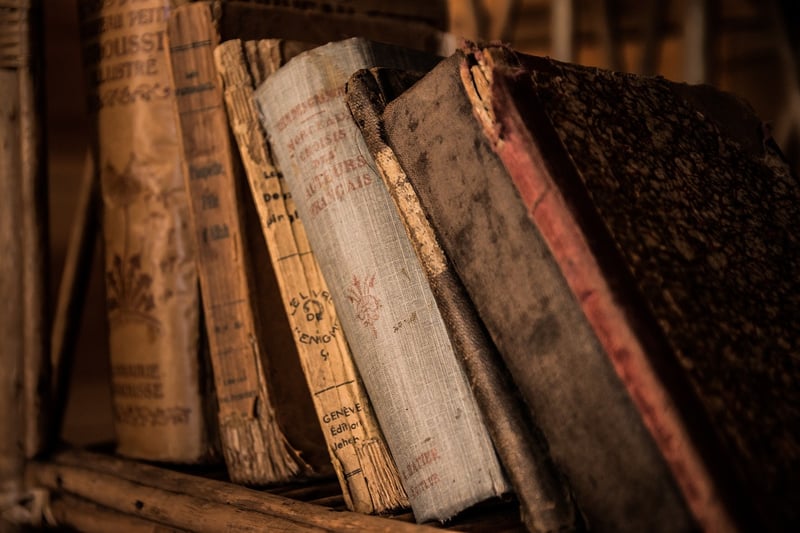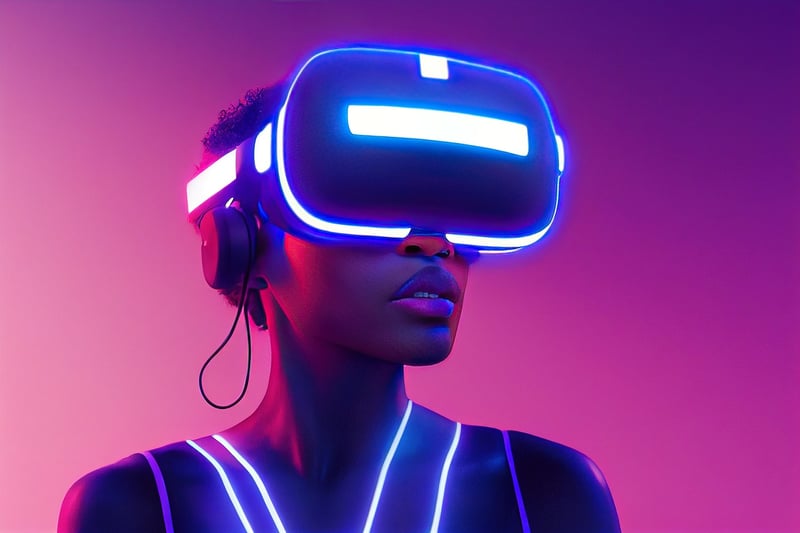Dystopian Realities
Glimpse into What's Ahead: Dystopian Realities
Welcome to a world where the line between science fiction and reality blurs, offering us a glimpse into what the future might hold. Dystopian realities have long captured our imagination, painting vivid pictures of bleak futures shaped by societal, environmental, or technological upheavals. Let's delve into the dark and thought-provoking realm of dystopian fiction and its reflection on our present and potential future.
The Rise of Dystopian Fiction
Dystopian fiction has surged in popularity, reflecting our concerns about the direction of society. Authors like George Orwell, Aldous Huxley, and Margaret Atwood have penned iconic works that explore oppressive governments, surveillance, environmental collapse, and the loss of individual freedoms.
Themes and Characteristics
Dystopian literature often features themes such as:
- Government surveillance and control
- Social stratification and inequality
- Technological advancements with unintended consequences
- Environmental degradation
- Loss of personal autonomy
Exploring Dystopian Realities
Many dystopian works serve as cautionary tales, warning us about the potential consequences of unchecked power or societal trends. They challenge us to reflect on our actions and choices, urging us to shape a better future for generations to come.
Image of Dystopian Reality

Conclusion
As we navigate an increasingly complex world, dystopian fiction offers us a mirror to examine our present reality and contemplate the paths we are treading. By immersing ourselves in these cautionary tales, we gain insights into the fragility of our societies and the importance of safeguarding our freedoms and values.
Let dystopian fiction be not just a warning, but a call to action – a reminder that the future is not set in stone, and it is up to us to steer it towards a brighter tomorrow.
